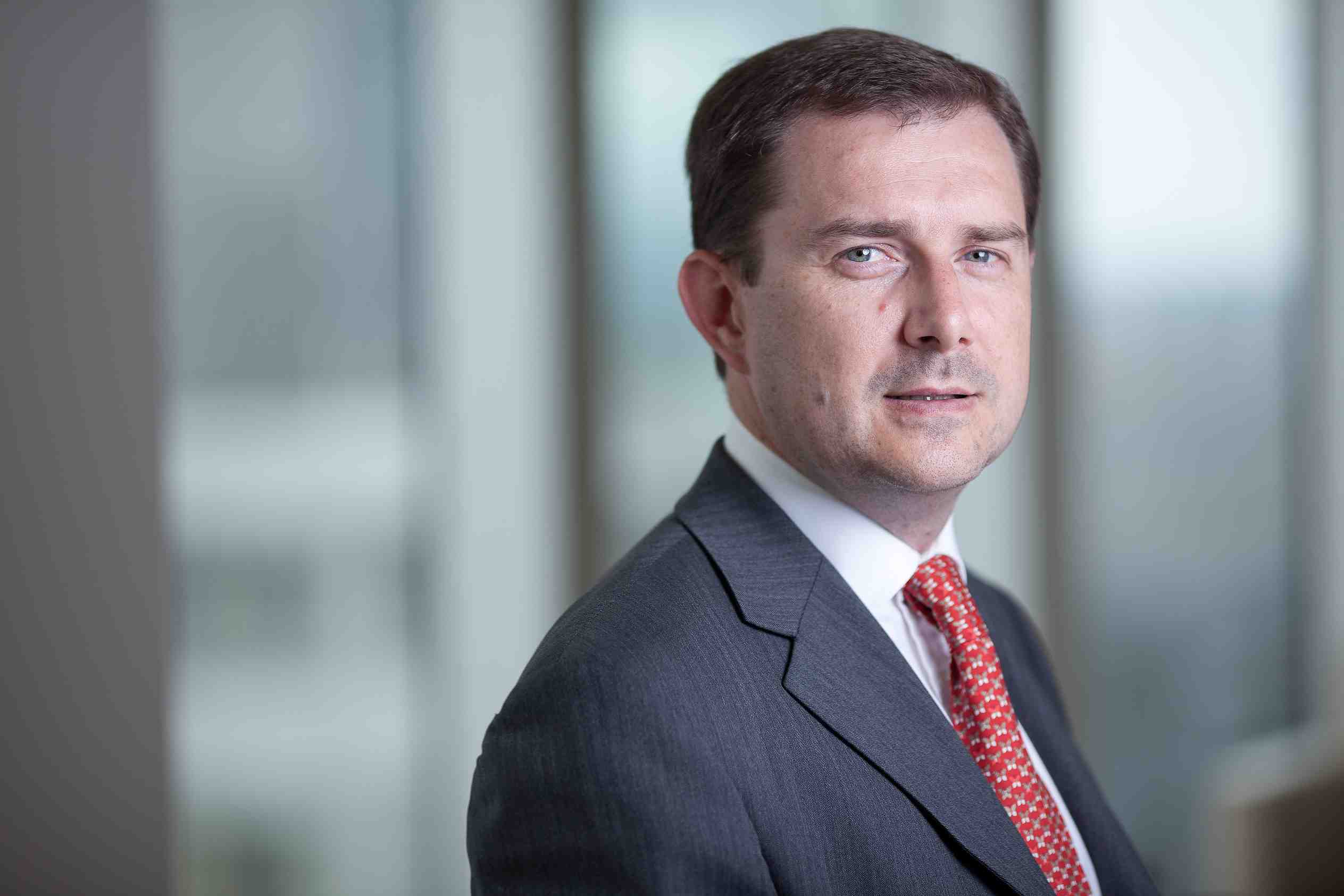Julius Baer Acquires Majority Stake in Brazilian Wealth Manager GPS
| By Alicia Miguel | 0 Comentarios

Julius Baer Group, a Swiss private banking group, has announced that it has acquired an additional 50 per cent of São-Paulo-based GPS Investimentos Financeiros e Participações S.A. (GPS). This increases Julius Baer’s participation in GPS to 80 per cent from the 30 per cent acquired in May 2011. This increase follows a highly successful cooperation to date and underscores Julius Baer’s strategic goal of building a leading wealth management business in Brazil, one of the most attractive domestic wealth management markets worldwide and the largest wealth management market in Latin America.
GPS, which includes GPS Planejamento Financeiro Ltda. and CFO Administração de Recursos Ltda., is the largest independent wealth manager in Brazil with approximately BRL 15 billion (CHF 6 billion) of assets under management. GPS has consistently delivered profitable growth over the last ten years and has almost doubled assets under management over the last three years. Julius Baer and GPS both specialise in discretionary portfolio management and advisory services for high net worth individuals, based on a client-centric and open product architecture business model. GPS, which employs a total staff of over 120, was established as a partnership in 1999 by its three founding partners José Eduardo Martins, Marco Belda and Roberto Rudge, which has since then been highly successful in managing and expanding its client base and operations. GPS’s operative business is regulated by CVM, the Securities and Exchange Commission of Brazil.
The current partners of GPS will continue to lead the business as it is integrated into Julius Baer’s overall corporate structure and culture. Julius Baer senior executives will assume a majority in the Board of Directors of the company and will also appoint two members to the Executive Committee of GPS. GPS will continue to operate under its well established and respected brand.
GPS is profitable, and the transaction is expected to deliver a low single-digit accretion to Julius Baer Group’s adjusted earnings per share in 2014 and will have a limited impact of approximately 60 basis points on Julius Baer Group’s current BIS capital ratios.
Boris F.J. Collardi, CEO of Julius Baer, commented: “We are very pleased with our partnership with GPS, the leading independent Brazilian wealth manager. Our majority participation enables us to gain long-term access to one of the most attractive and promising domestic wealth management markets worldwide, and represents another key step in the execution of Julius Baer’s focused growth strategy.”
Gustavo Raitzin, Head Latin America and Israel of Julius Baer and designated Chairman of the Board of Directors of GPS, added: “This move underlines our strong commitment to continue to grow and develop our business in Latin America and ideally positions us to advise clients for domestic and international investments. We are confident that the even closer future co-operation will benefit clients, employees and further add strong growth momentum for GPS.”
José Eduardo Martins, founding partner of GPS, added: “We are very pleased to extend our client offering through the even closer co-operation with the leading Swiss private banking group with its global research and market know-how. This will create the opportunity for us to provide advisory services based on the combined expertise of both companies. We will continue with our strong growth strategy keeping focusing on our independent advice business model; Julius Baer guarantees perpetuity and sustainability for our ambitious future growth plans.”








